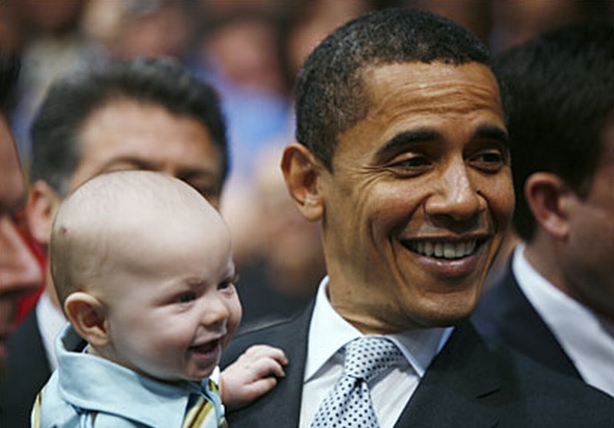
Shuri (Letitia Wright) in ‘Black Panther, 2018 (ESPN FiveThirtyEight)
As you no doubt have heard by now (and if you haven’t, where are you?!), “Black Panther” is breaking records left and right: It has the second-highest box office gross in its first four days, and is the highest-grossing movie to open over President’s Day weekend (among other records).
One thing that’s happened with the release of the movie is that the audience makeup is slightly different than the usual. Here’s the breakdown!
First, let’s look at race:
Typical Superhero Movie (2016 Average):
- African-American: 15%
- Caucasian: 52%
- Hispanic: 21%
“Black Panther:”
- African-American: 37%
- Caucasian: 35%
- Hispanic: 18%
For those of you who need a visual:

‘Black Panther’ Audience Make-Up by Demographic (Quartz)
Check that out!! The percentage of African-Americans seeing “Blank Panther” was more than double that of the average superhero movie.
The Typical Superhero numbers were pulled from a Motion Picture Association of America (MPAA) Theatrical Market Statistics report from 2016. “Black Panther” numbers came from audience tracking platform comScore.
Gender:
Typical Superhero Movie’s Opening Weekend:
- Male: 60-65%
- Female: 35-40%
“Black Panther” Opening Weekend:
- Male: 55%
- Female: 45%
This is big too! More women wanted to see “Black Panther” on opening weekend than the usual superhero fare. One explanation is that the movie positions many strong, dynamic female characters front and center: Nakia (Lupita Nyong’o), Shuri (Letitia Wright) and Okoye (Danai Gurira).
There you have it, folks: Hard data on the fact that representation matters in media. If you represent inclusivity in your movie, you’ll give a more inclusive audience. And that will translate to bigger bank.

